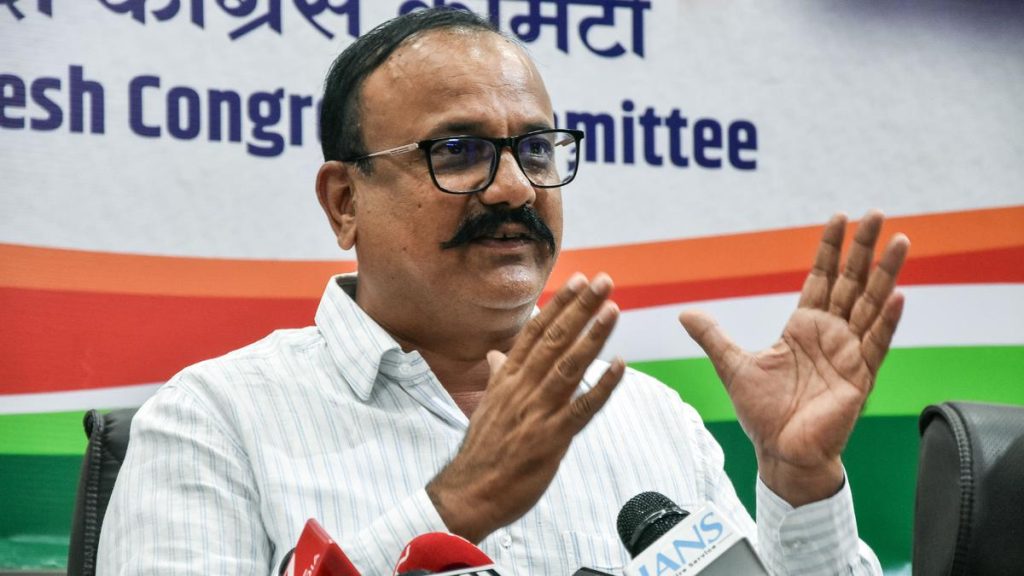Now Reading: NASA’s Jet Propulsion Lab Ends Telework for 1,000+ Employees
-
01
NASA’s Jet Propulsion Lab Ends Telework for 1,000+ Employees
NASA’s Jet Propulsion Lab Ends Telework for 1,000+ Employees

Speedy Summary
- NASA’s Jet Propulsion Laboratory (JPL) has mandated the return of over 1,000 remote employees to on-site work.
- Remote work at JPL will formally end on August 25 for California-based employees and October 27 for those outside California.
- Employees who fail to comply with the in-person requirement by their deadlines will be considered as resigned, without eligibility for severance or unemployment benefits.
- The move comes amid concerns over NASA’s budget,which faces a potential 25% reduction under proposed plans from the Trump governance’s “skinny budget” request for 2026.
- JPL already experienced significant layoffs in february and November of last year,reducing its workforce by about 855 employees (~12% of staff).
- Some employees still recovering from January’s Palisades Fire and its related disruptions may request rare exceptions to continued telework until fully relocated or recovered.
- This shift is occurring during a leadership transition with Laurie Leshin stepping down as JPL Director effective June 1; incoming Director Dave Gallagher announced these new policies alongside her.
Indian Opinion Analysis
The decision made by NASA’s jet Propulsion Laboratory (JPL) reflects changing employment policies post-pandemic that could resonate globally. For India-a growing hub in space exploration-the situation shines a spotlight on complex budgetary implications tied to scientific missions.India’s partnership-driven approach in space programs such as Chandrayaan has prioritized cost-effectiveness; however, witnessing fiscal reshuffles like this at NASA challenges perspectives about balancing efficiency and workforce adaptability.
India’s expertise-driven labor force thrives remotely across sectors like IT and space research. If similar shifts toward mandatory on-site requirements emerge globally, it could test India’s remote-working model or require operational agility within ISRO-backed projects collaborating internationally. This scenario invites broader questions about sustaining innovation amidst resource cuts while ensuring equity among workers navigating such abrupt transitions.

























